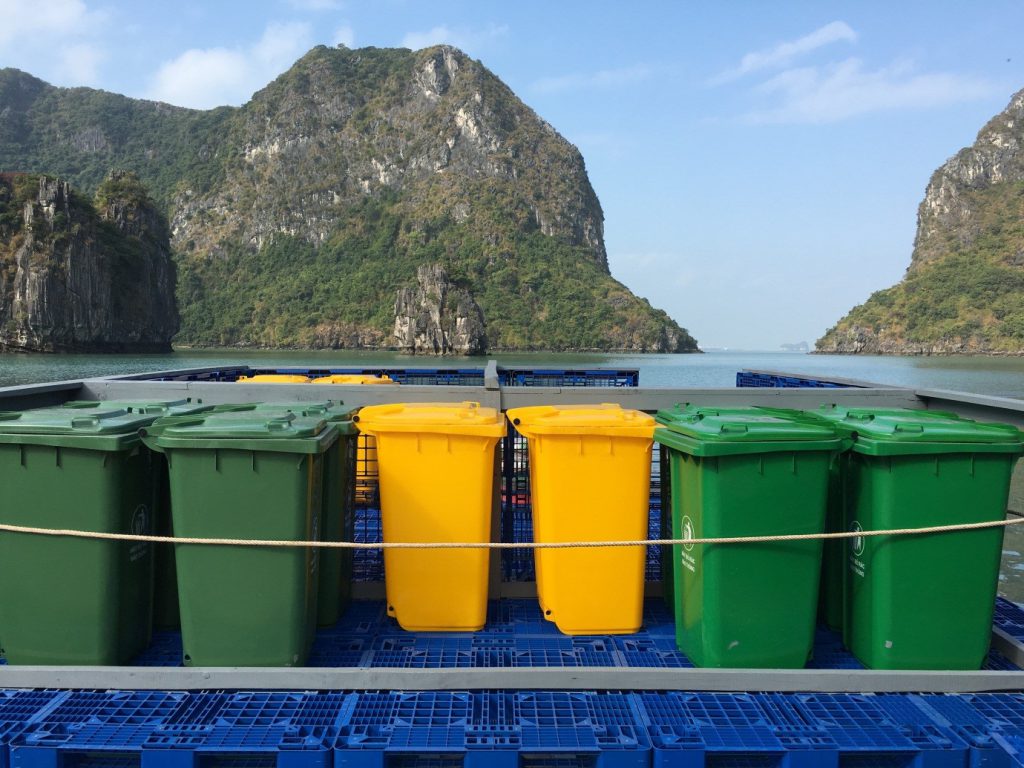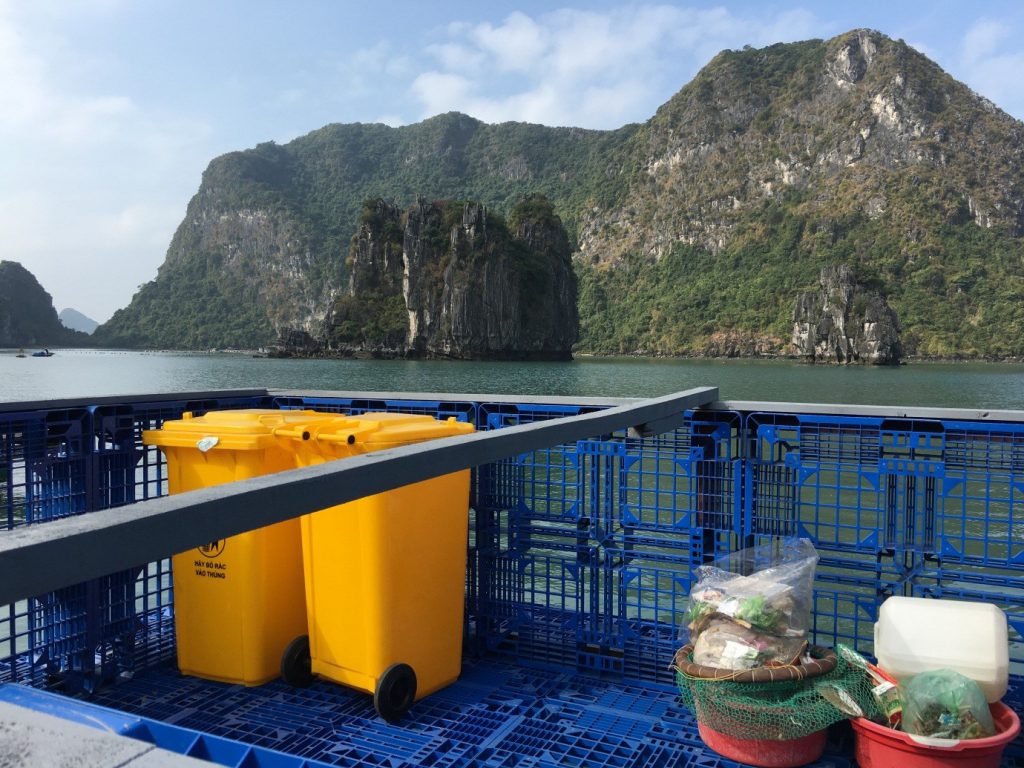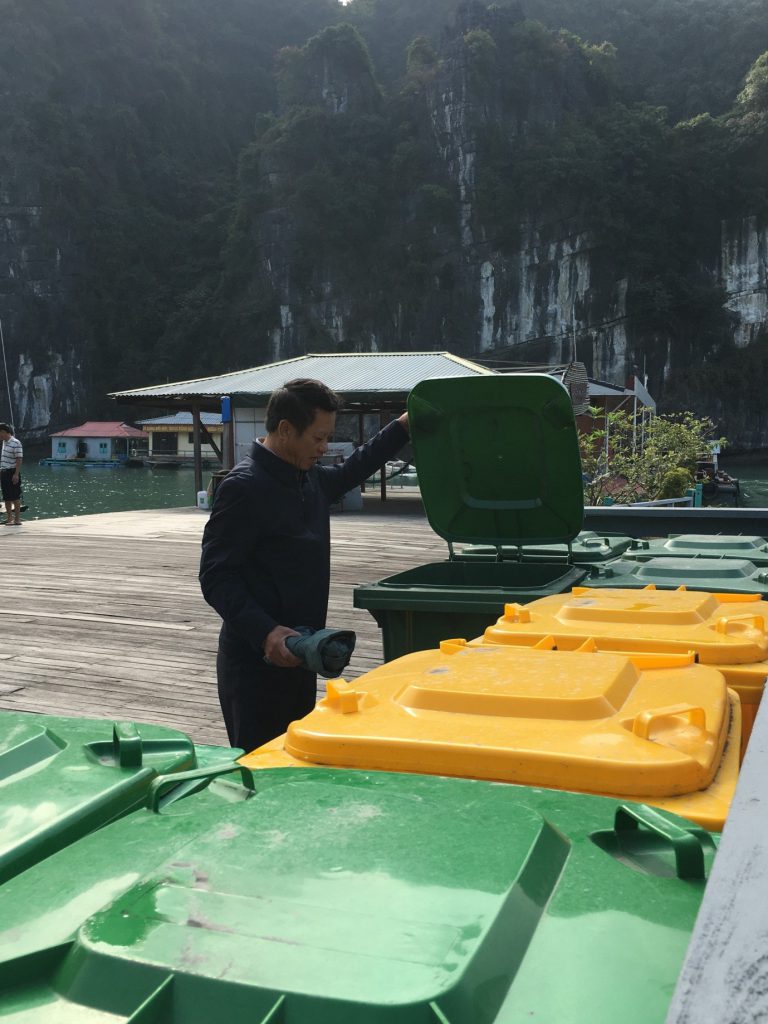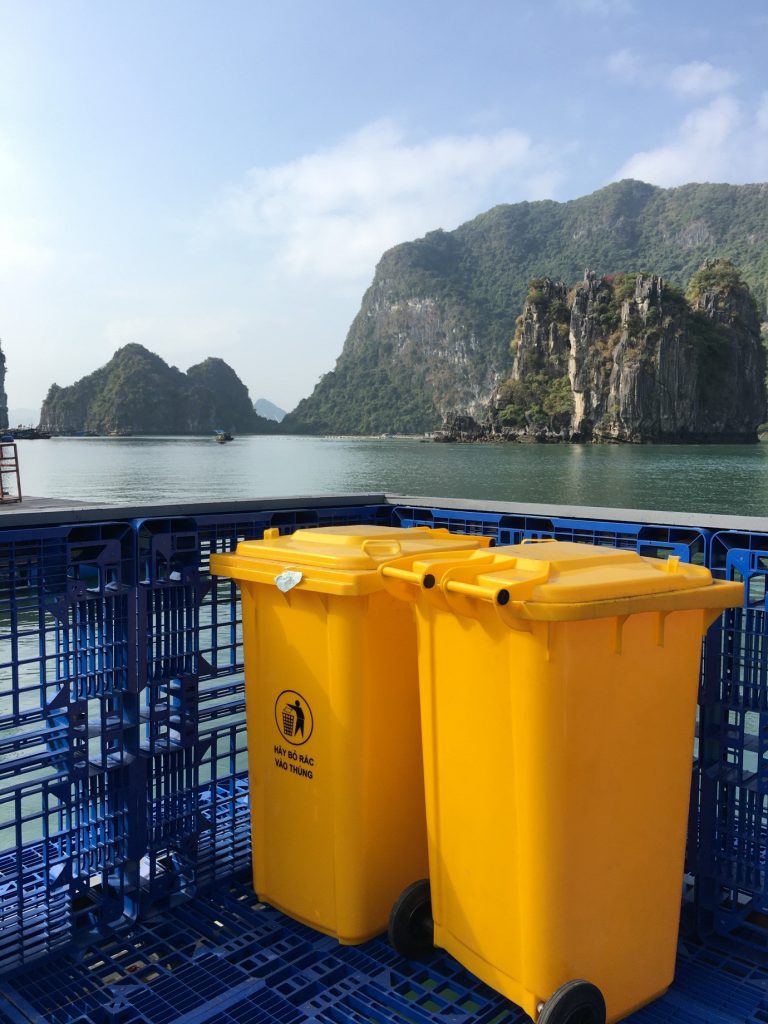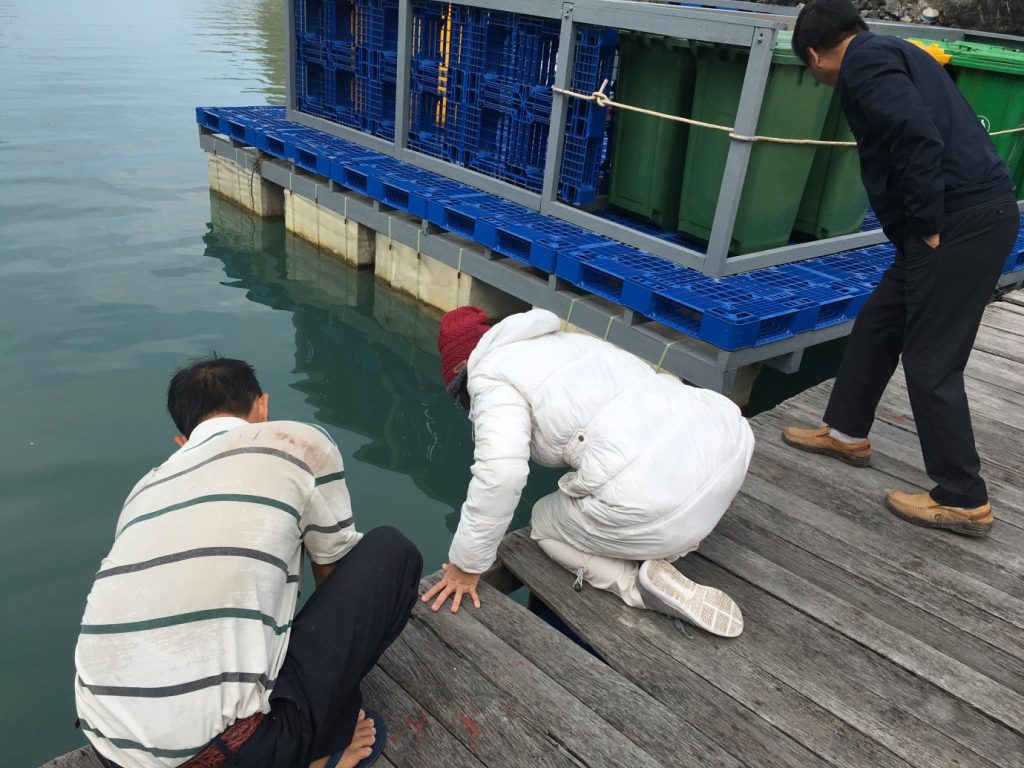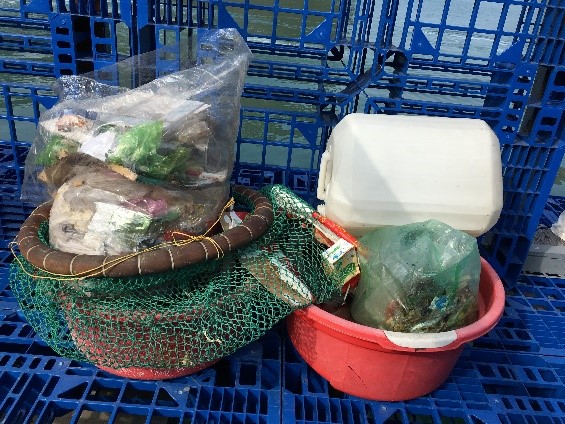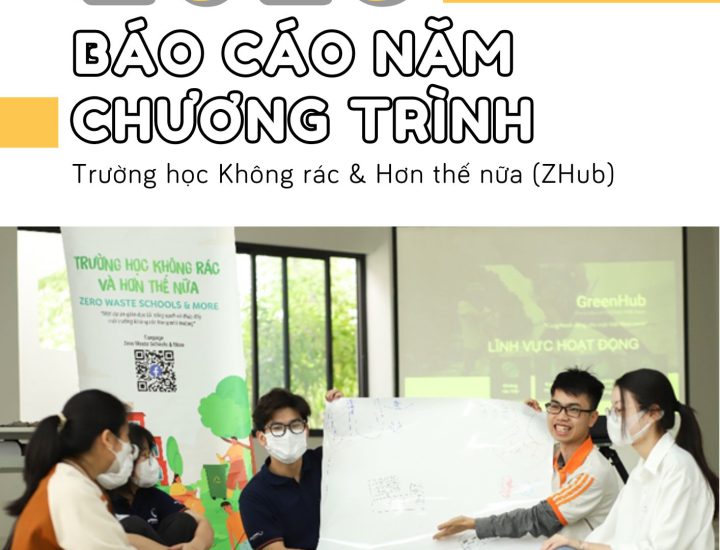Floating Yard In Ha Long Bay – Don’t Let The Trash Escape
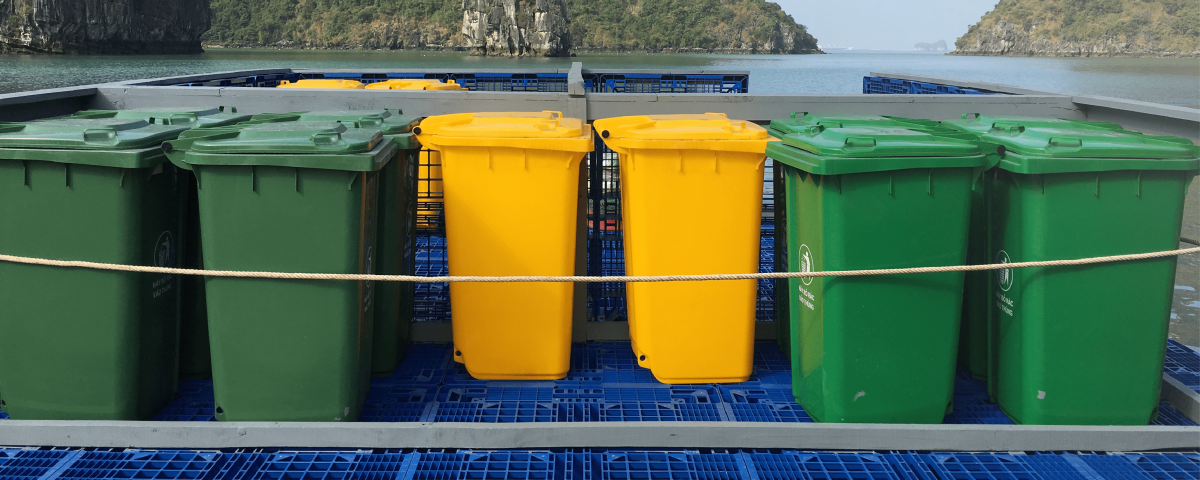
Have you ever had a chance to immerse yourself in the majestic nature of Ha Long Bay, and then suddenly seen debris floating on the water? Have you ever asked who will pick these pieces of trash or where they will go?
“There are peak days when the number of visitors reaches 600-700 people. The amount of waste generated is about 150 kg. Each time like that, our entire rowing team could not pick up all the trash, and had to mobilize others to collect them.” – said Mr. Phien – Director of the Ha Long Van Chai Tourist Service Cooperative when talking about the situation of waste on the bay.
Currently, aquaculture households in Vung Vieng fishing village often dump all waste without separating causing bad smell. Along with that, other types of tourist waste are alsodumped directly into the bay. Realizing this situation, GreenHub has supported Van Chai Cooperative to build a floating yard to collect and classify waste on the sea.
With an area of 5.5 x 6.5 m, the amount of waste that the floating yard can be stored is about 10 blocks, with a load of 5-6 tons of waste. Most of the collected inorganic waste is plastic bags and food covers. Waste after being collected, sorted and dried will be transferred to boats and taken to the mainland for treatment. This is the effort that Van Chai Cooperative aims to keep Ha Long Bay from being polluted by fishermen and tourists who lack the sense of environmental protection.
Floating yard is a solution to collect and help separate organic/inorganic waste right on Halong Bay, reducing the amount of waste floating and leaking into the marine environment. But the most radical solution – it is that the fishermen and tourists will raise their awareness, join hands to protect Halong Bay from ugly debris, so that collectors do not have to earnestly long that trash won’t escape from the bay.
